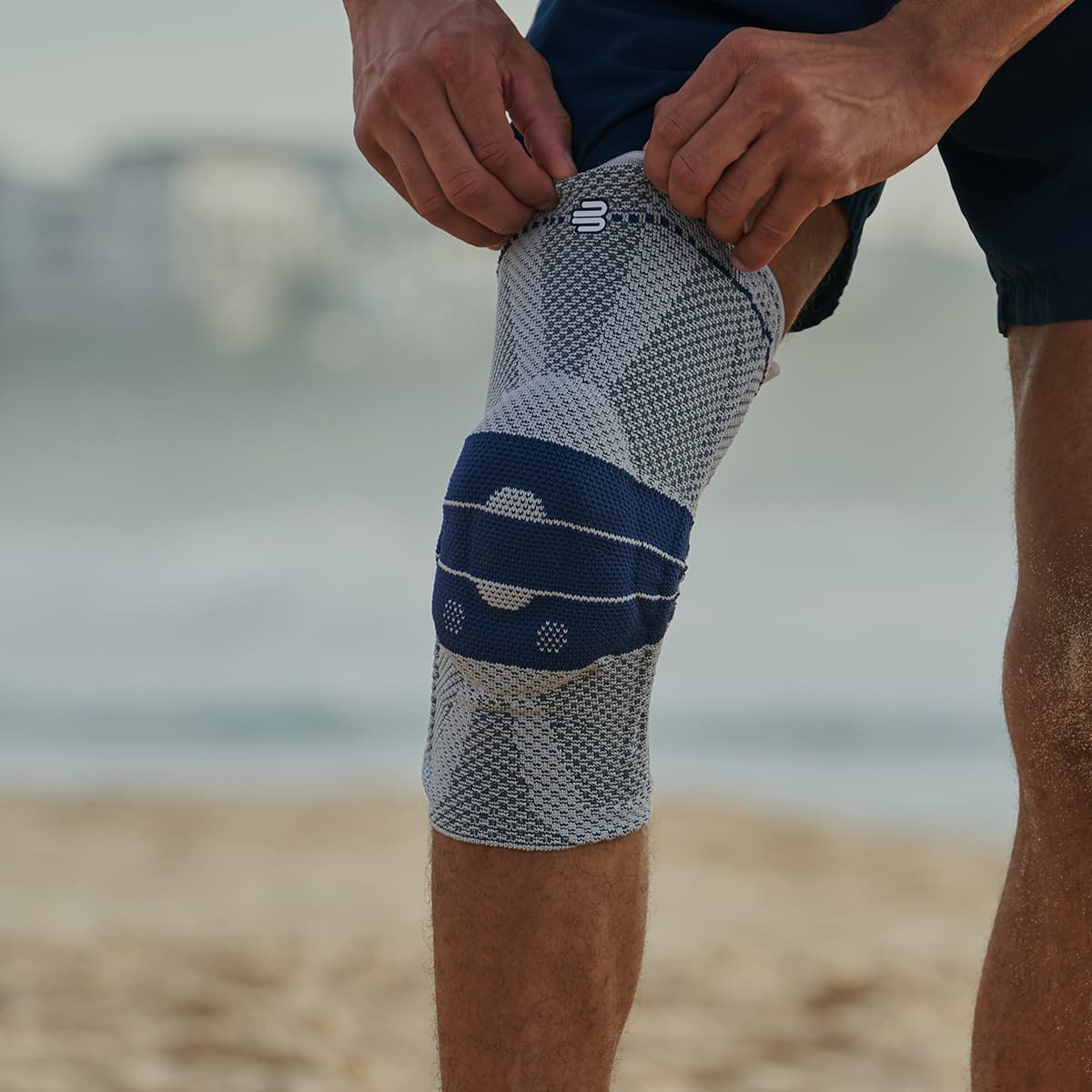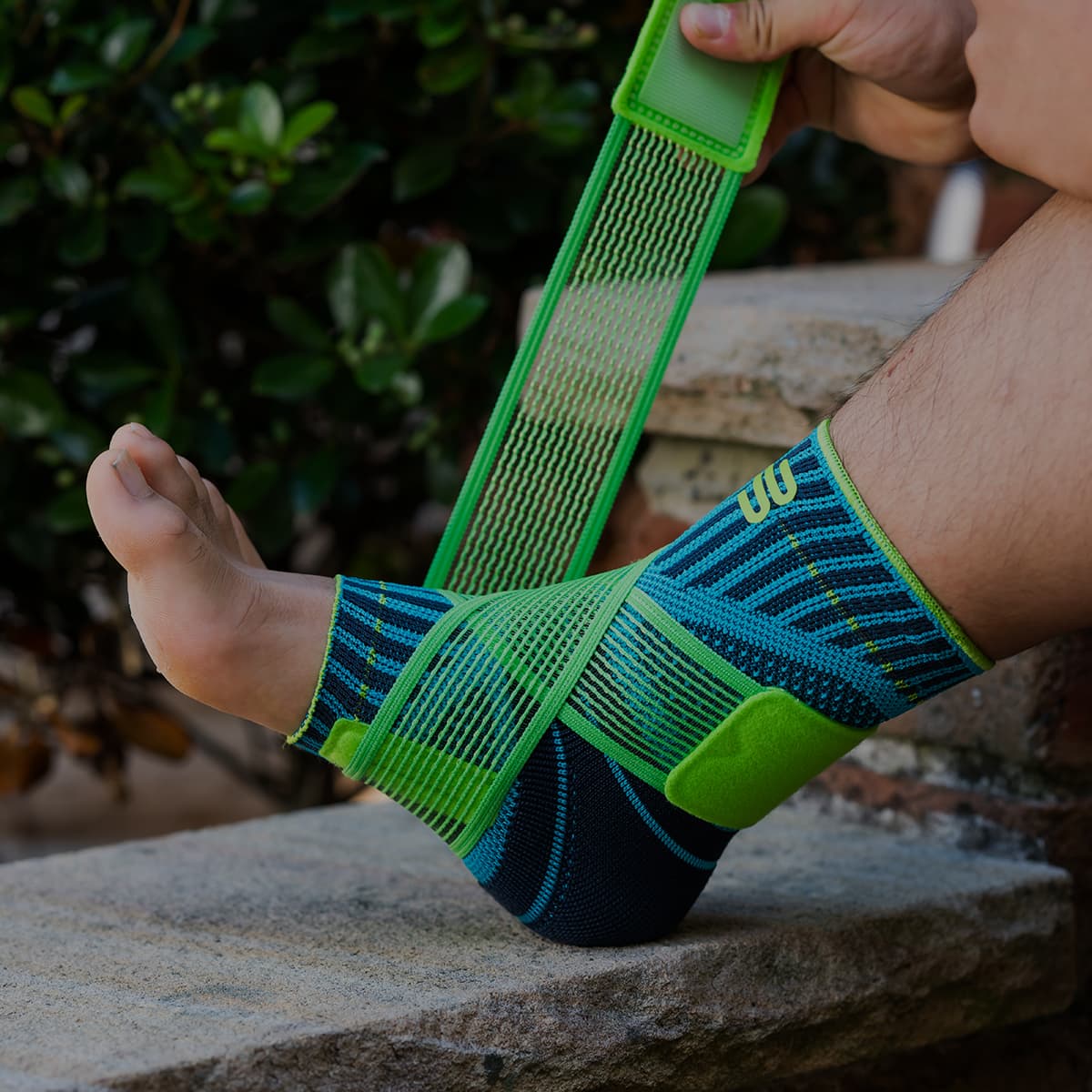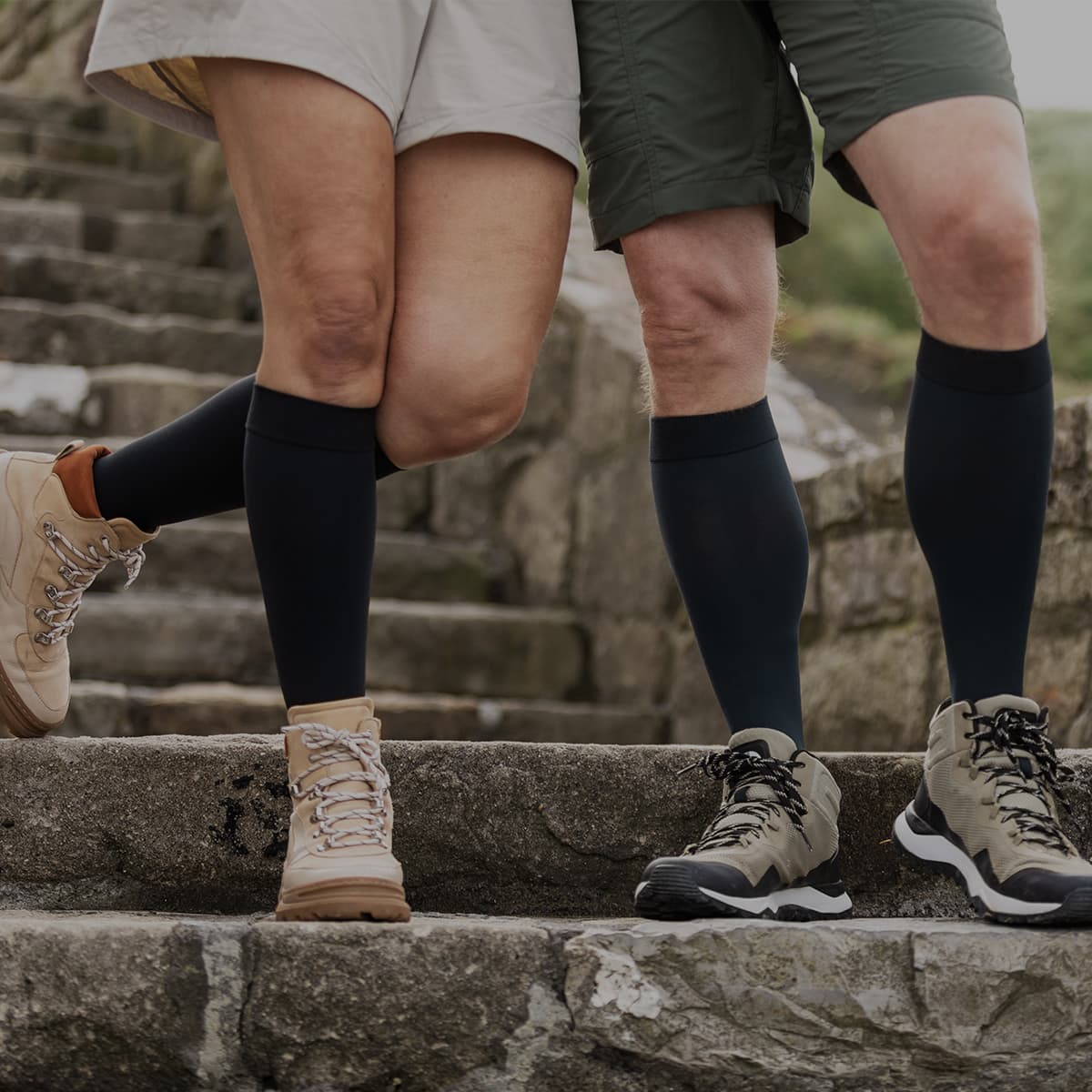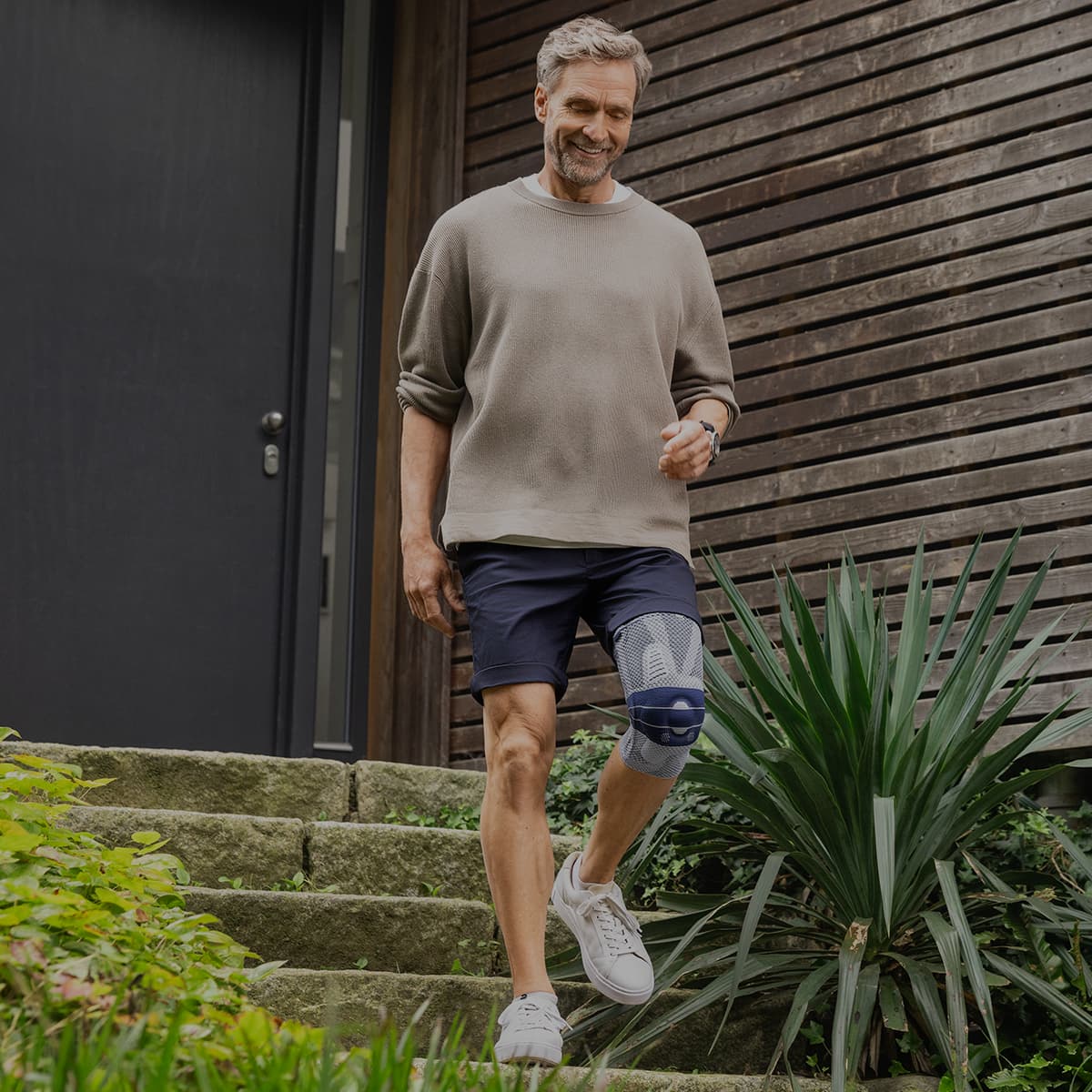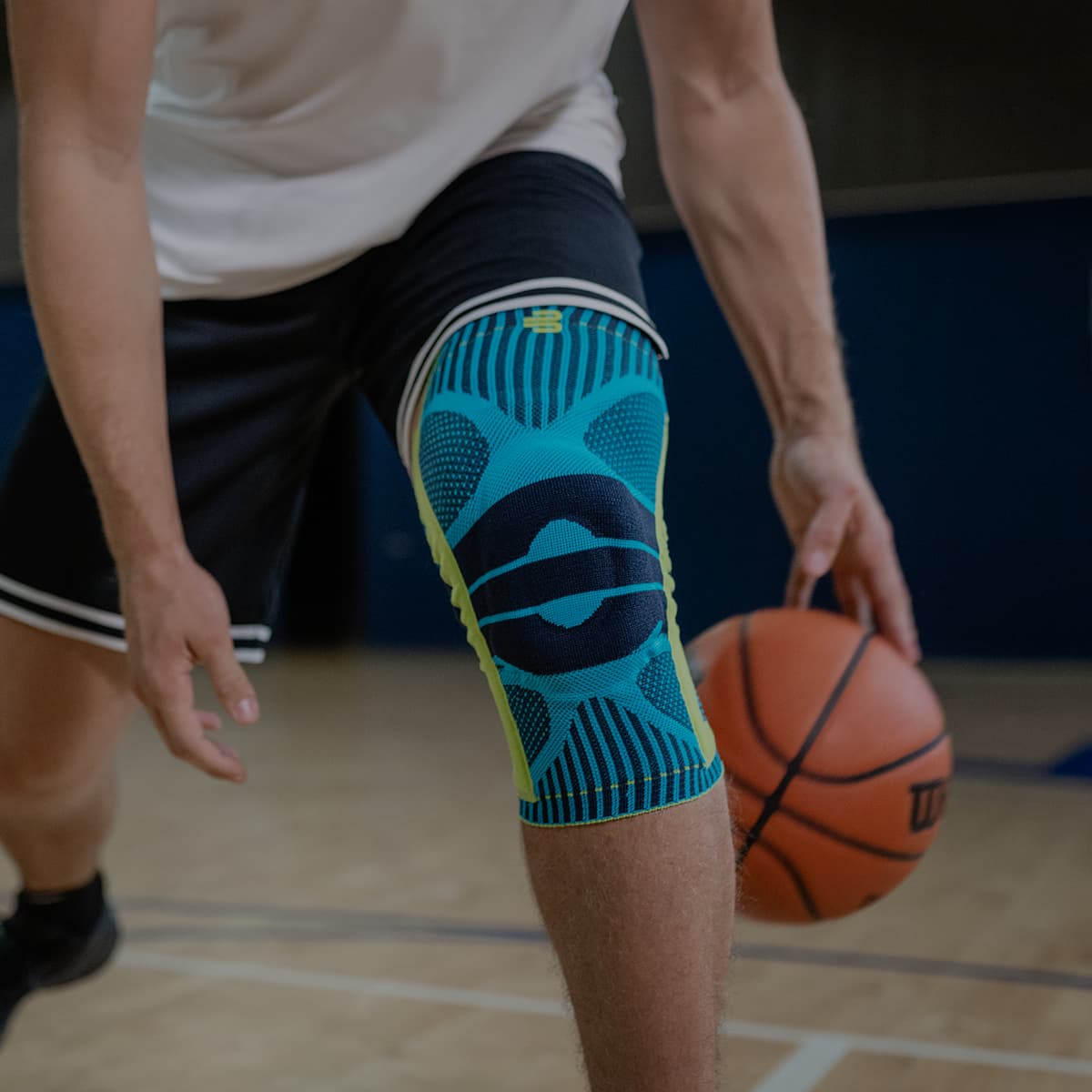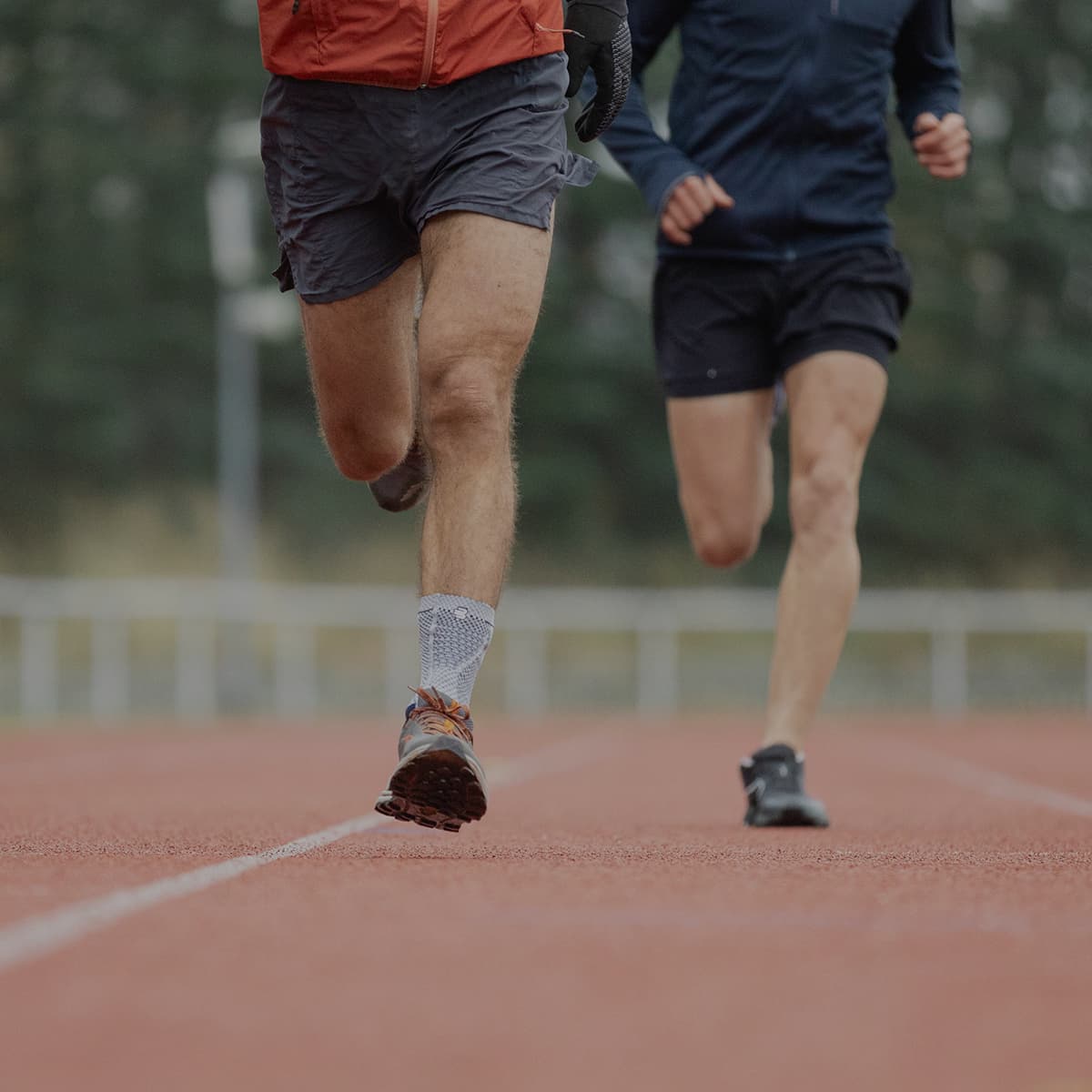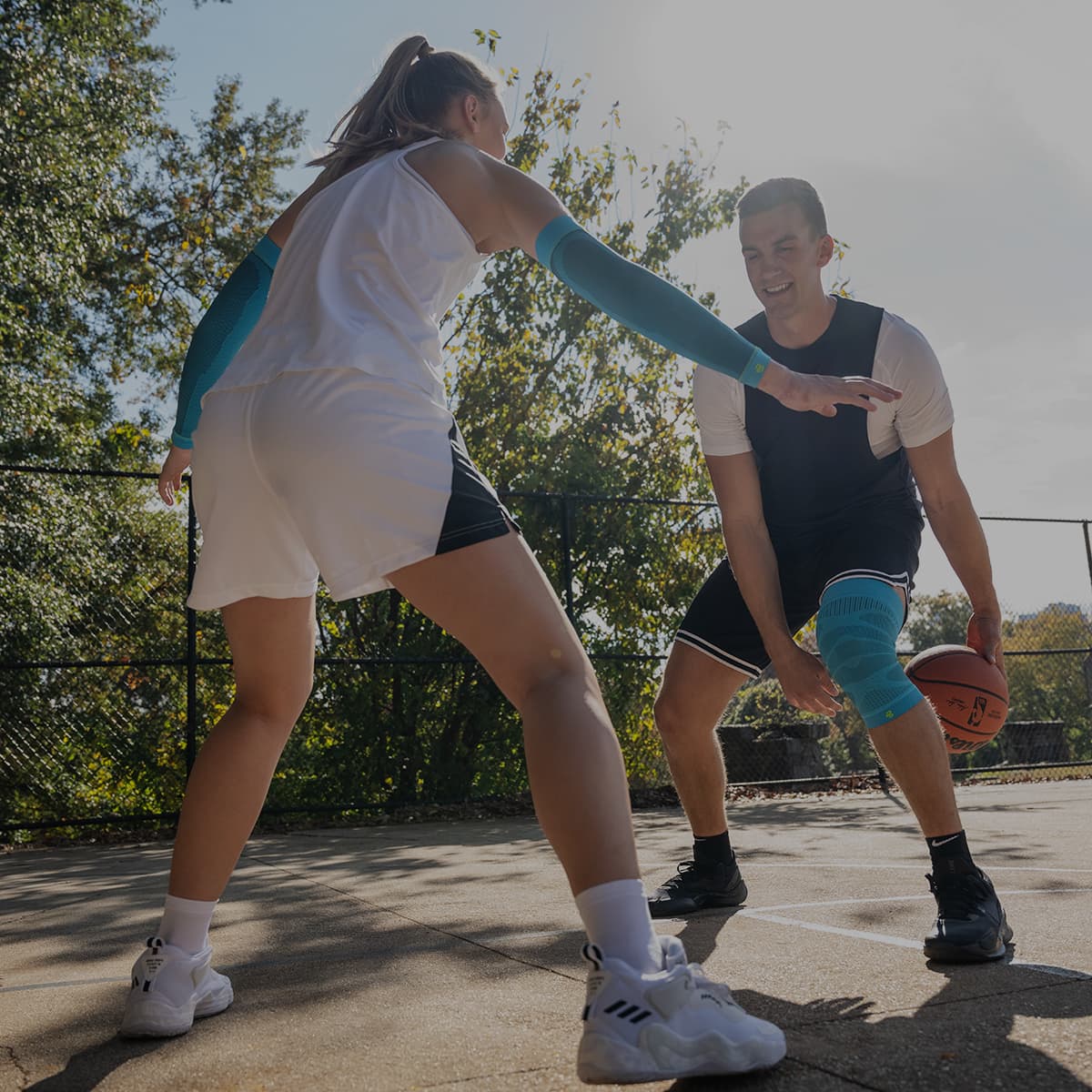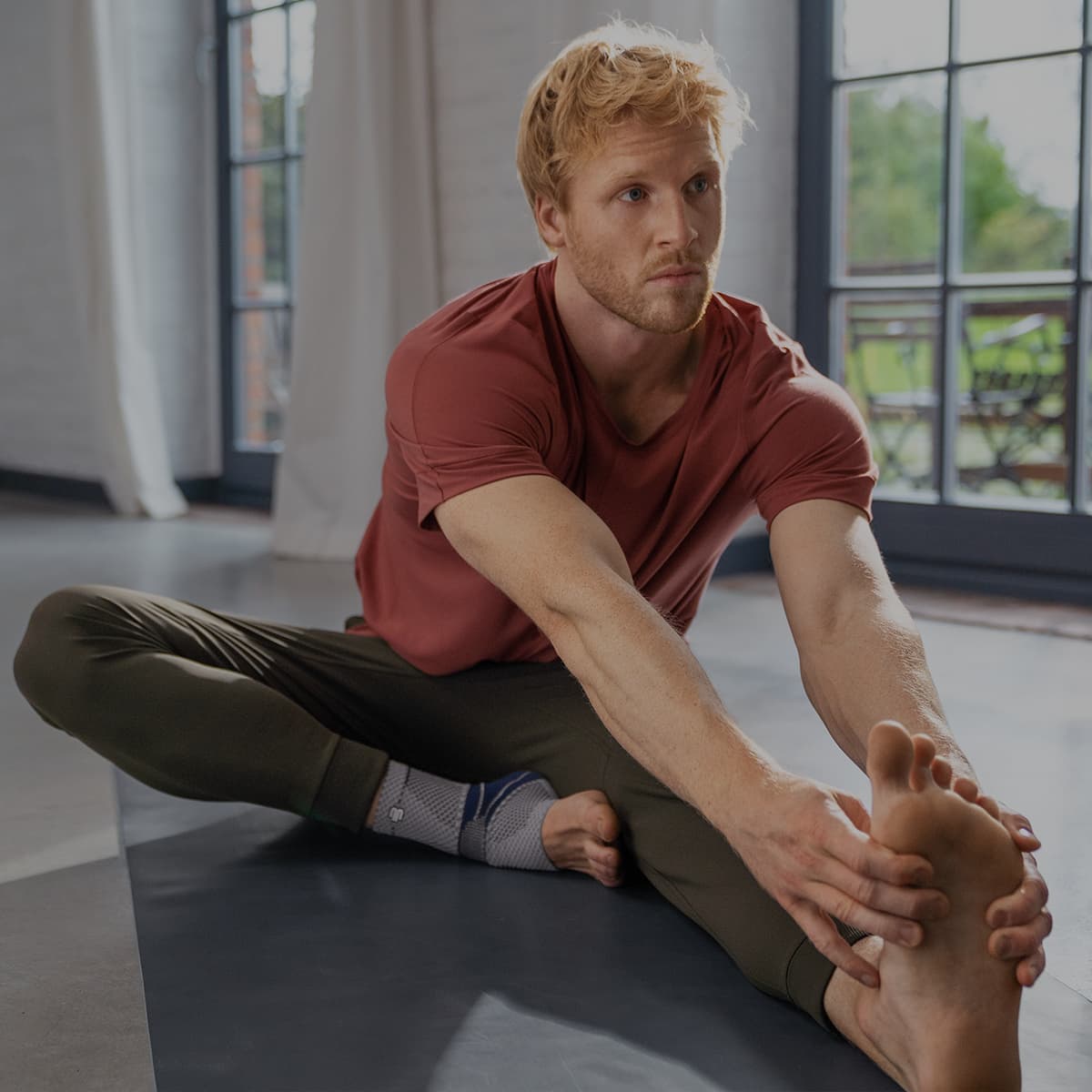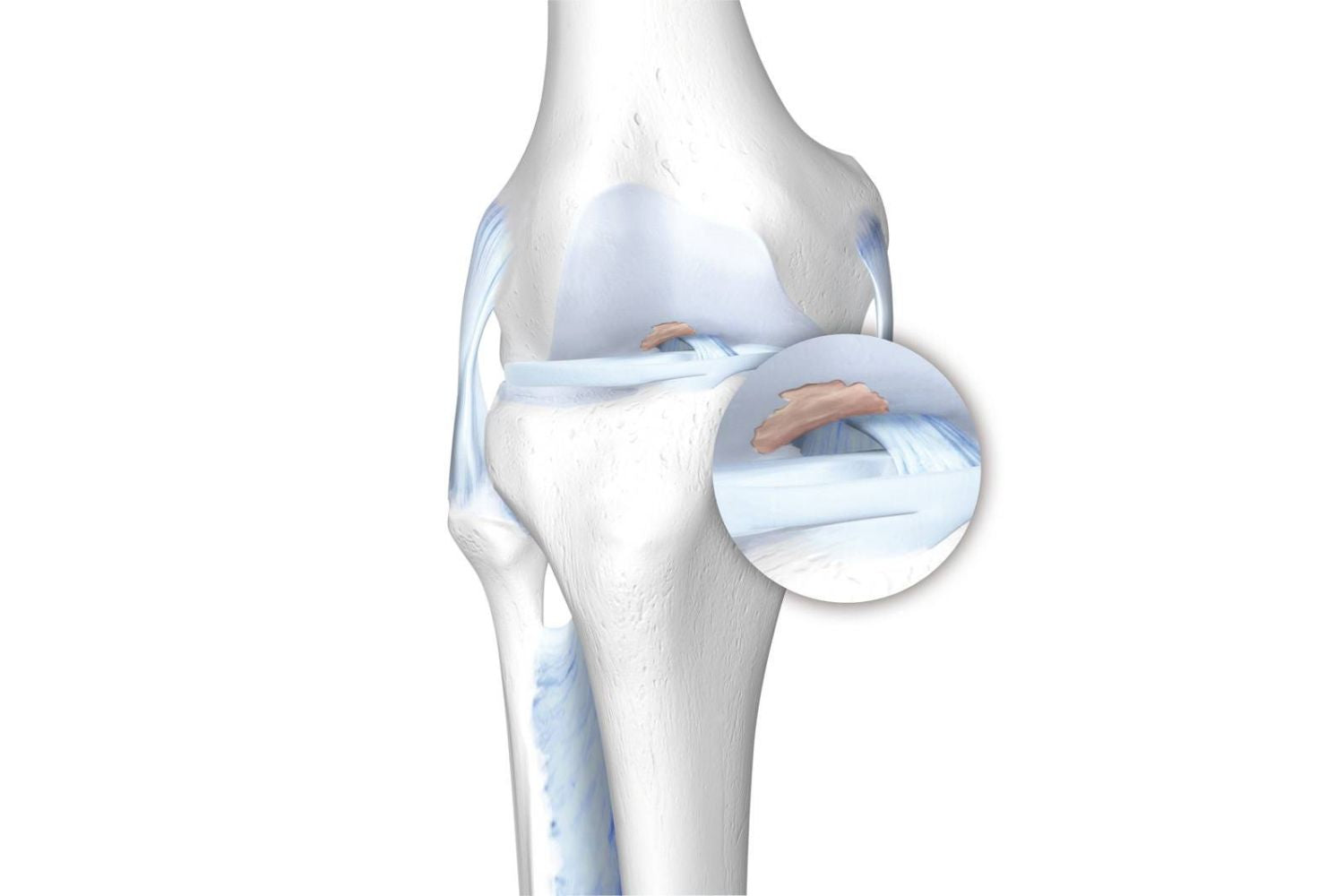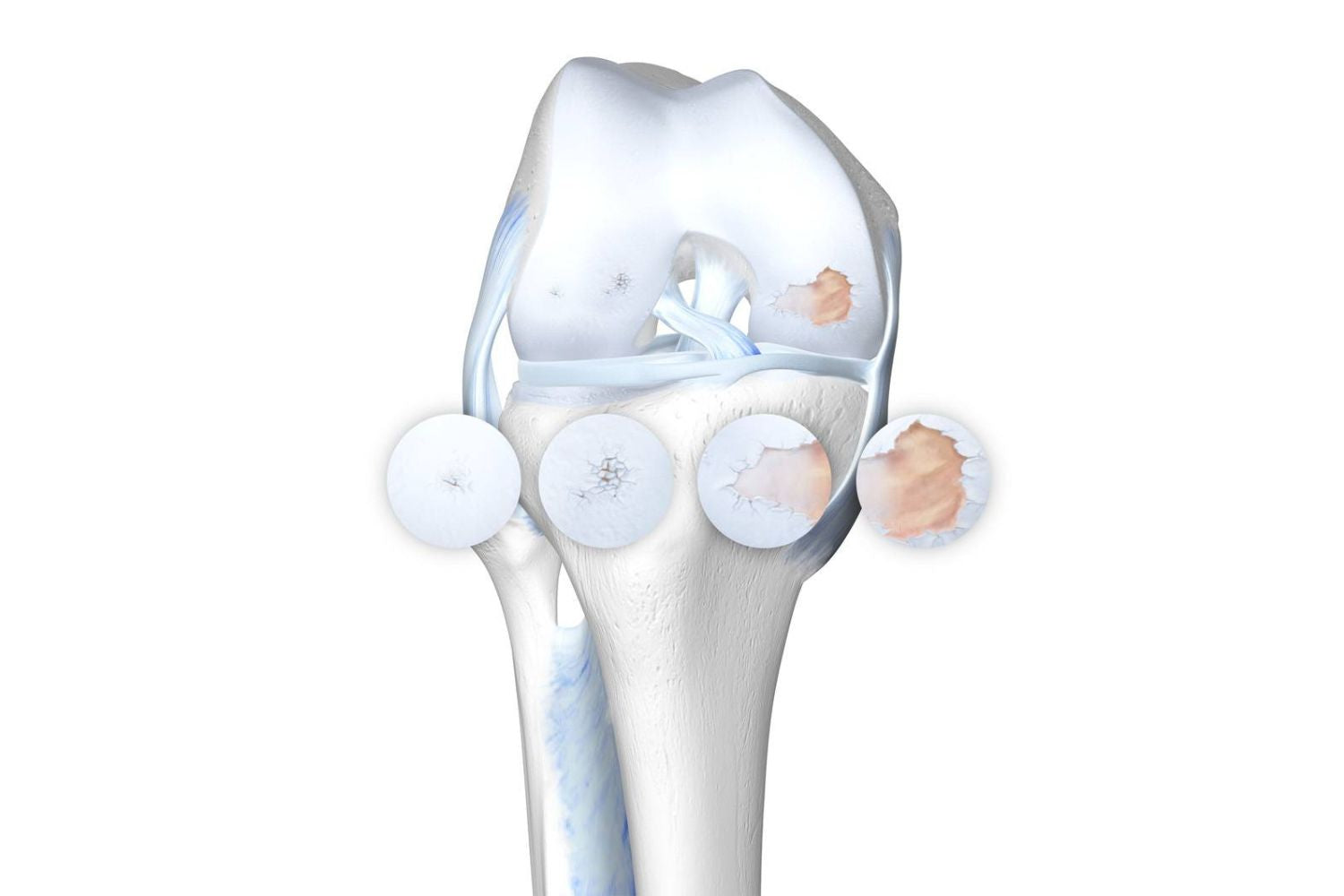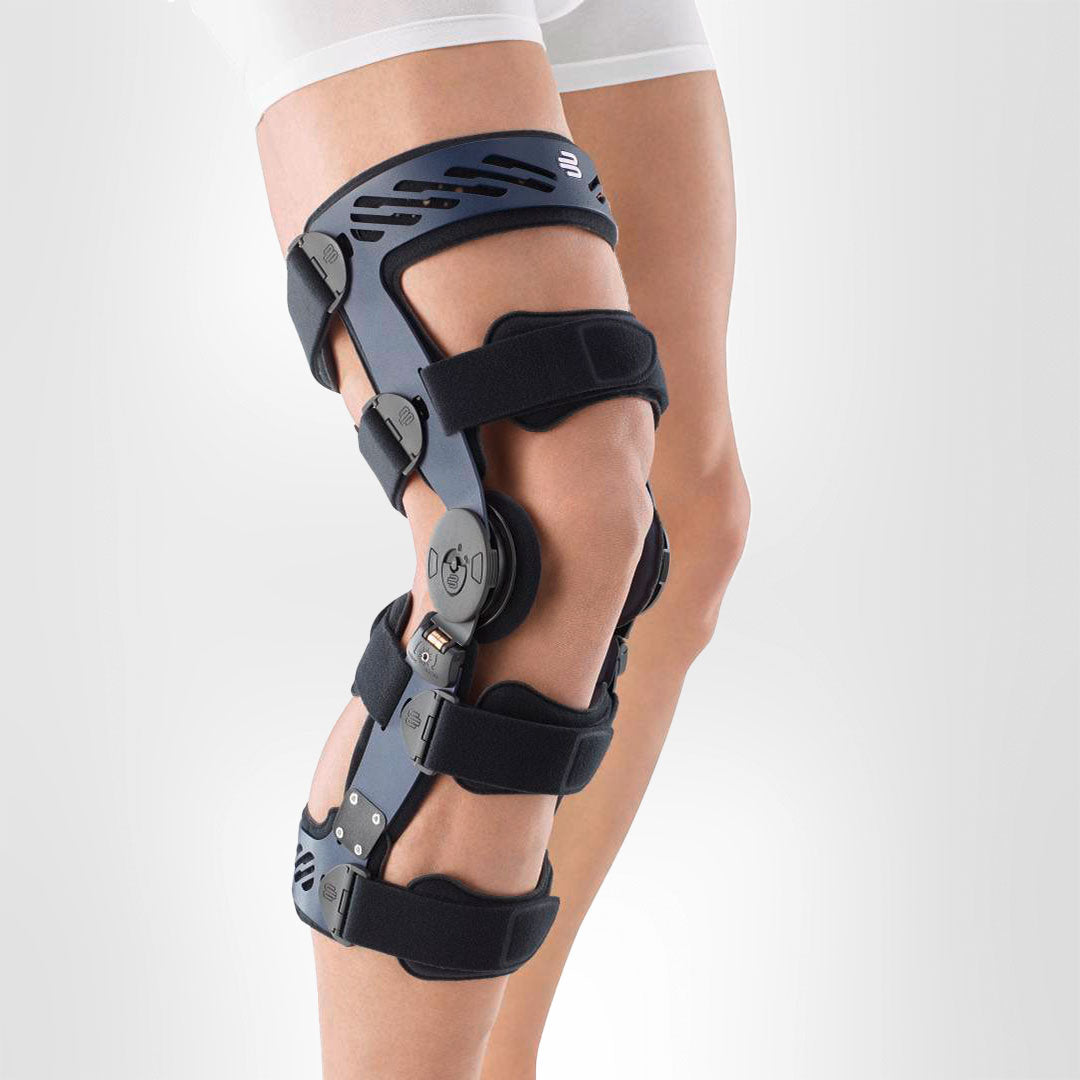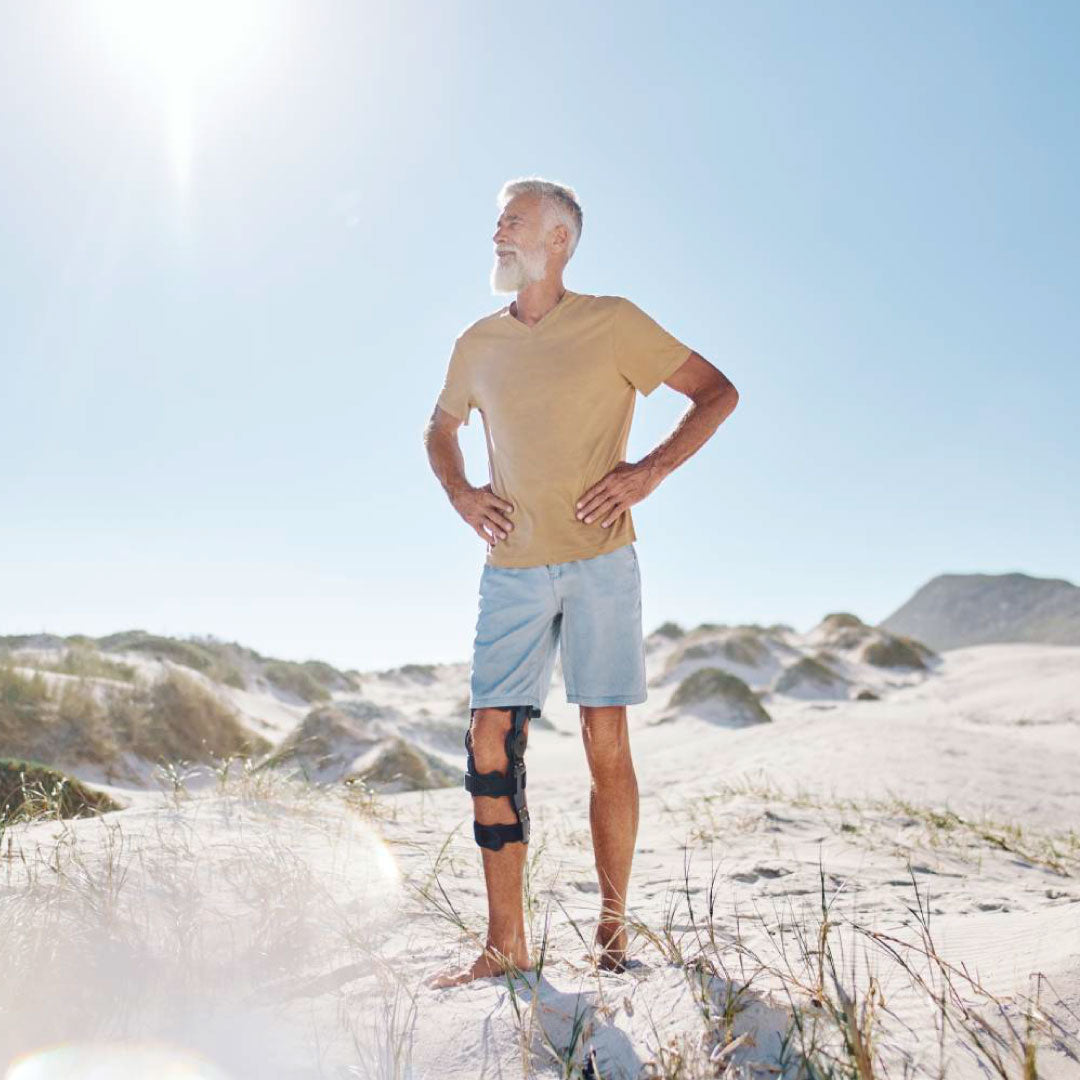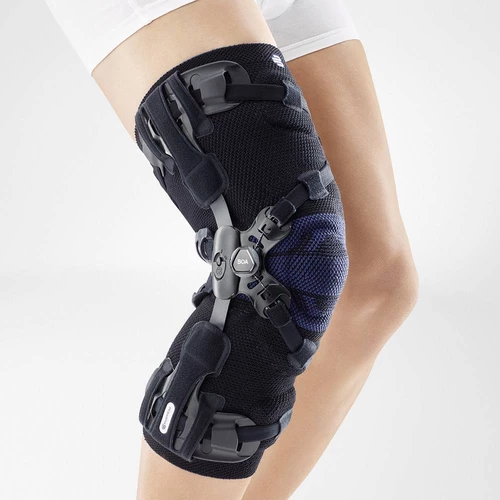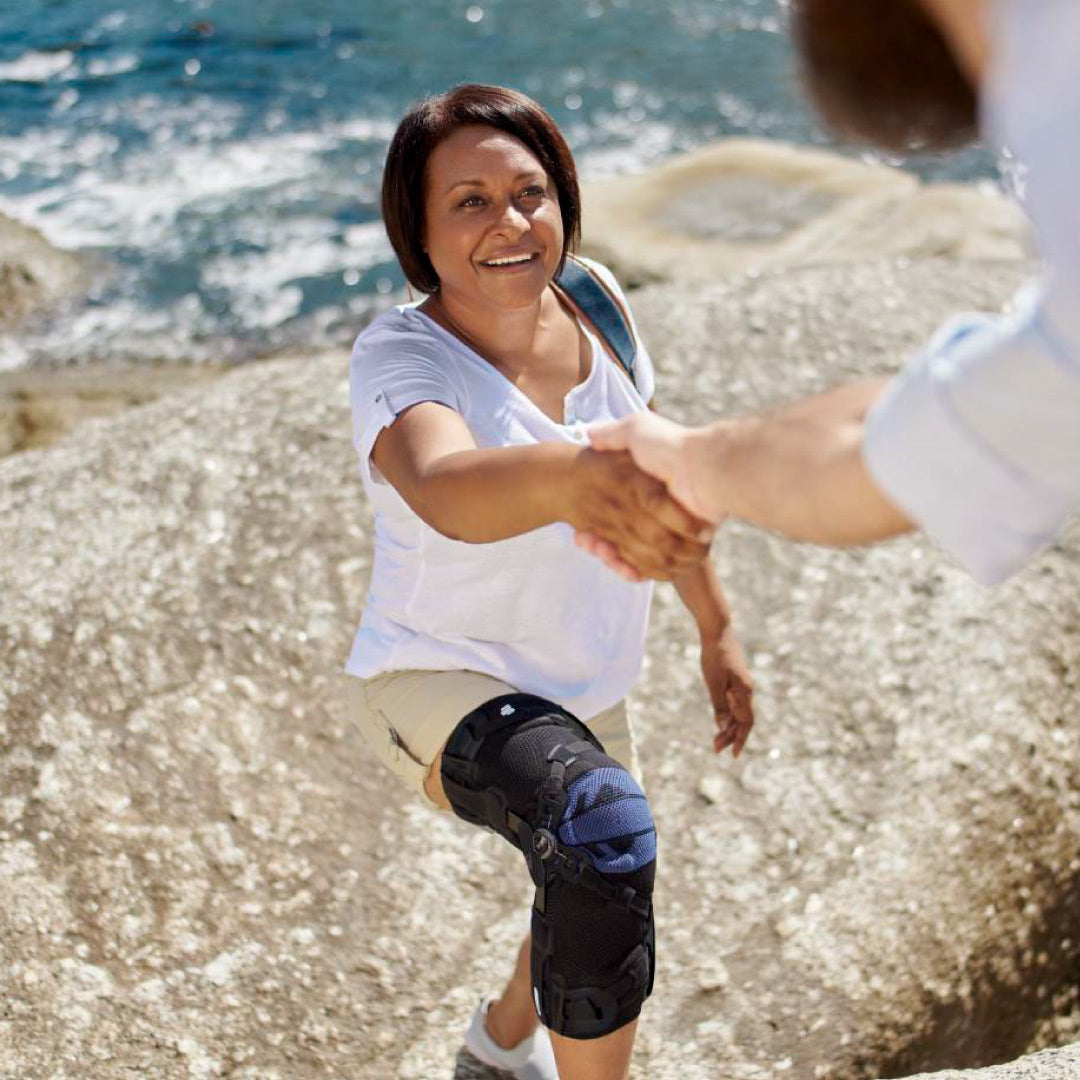The knee joint is a complex structure consisting of bone, ligaments and cartilage. It facilitates movement and allows us to walk, run and jump. Long-term wear and tear of the joint leads to the development of knee osteoarthritis.
Knee Osteoarthritis refers to the condition where there is inflammation due to arthritis. It is usually accompanied by pain and swelling.
What is the difference between Gonarthrosis and Knee Osteoarthritis?
Due to this long-term wear and tear, the knee joint degenerates, which is often referred to as gonarthrosis. Knee Gonarthrosis is a non-inflammatory condition related to the aging population.
In mild cases, a patient experiences episodic pain after long periods of inactivity, like a long day seated at work. Gonarthrosis is fairly common in elderly adults, but it is not exclusively a disease of old age.
In chronic cases, the entire knee joint can be compromised, and in the worst-case scenario, a knee replacement may become necessary.
Causes and Types of Knee Osteoarthritis
Knee Osteoarthritis (medically known as Gonarthrosis) is damage to the cartilage inside the knee joint. It is irreversible and can significantly restrict one’s mobility.
Based on the root of the disease, there are two distinct types:
- Primary (Internal) and
- Secondary (External).
Primary Knee Osteoarthritis is somewhat mysterious. The true root of the disease is unknown; however, scientists suspect that pre-existing conditions and a hereditary disposition could be the trigger. Not all carriers of the gene manifest symptoms. Lifestyle choices, including lack of exercise and obesity, are also suspected triggers.
Secondary Knee Osteoarthritis is easier to diagnose and has a clear origin. Risk factors for developing secondary gonarthrosis include:
- Sporting accidents or physical trauma to the knee.
- High-intensity physical activity, which labourers and tilers experience.
- Long periods of inactivity, such as long hours at a desk job.
Osteoarthritis Knee Symptoms
Osteoarthritis in the knee joint is caused by a defect in the cartilage covering the joint. Cartilage acts as a shock absorber and allows the knee to bend and stretch smoothly.
Some of the common symptoms of osteoarthritis in the knee include:
- Knee pain when climbing stairs and walking on uneven terrain
- Increased discomfort when carrying heavy objects
- Episodic pain that subsides
- Pain behind the kneecap after long periods of sitting
- Increased sensitivity in wet and cold weather
- Crunching noises when the affected knee moves
Mild Osteoarthritis Knee Symptoms
Even in mild cases, the underlying condition still exists. Immediate treatment is highly recommended to stop the progression of the disease. The earlier the diagnosis, the better the prognosis!
If left untreated, the gradual wear and tear of the cartilage reduces the joint gap. Long-term wear and tear of the buffer causes the upper and lower leg bones to grind against each other.
The patient consequently experiences pain and discomfort. The skin around the knee then begins to turn red, and there may be swelling.
Moderate to Severe Osteoarthritis Knee Symptoms
In advanced cases, bony tips, called osteophytes, begin to grow on the edge of the knee joint.
As a result of the knee becoming stiff and immobile, the patient experiences sharp pain and severely restricted mobility.
The joint is compromised and requires external support to avoid buckling. In the worst-case scenario, a patient might need a complete knee replacement.
Diagnosing Osteoarthritis of the Knee
Effective diagnosis begins with a comprehensive physical examination. The physician examines the knee joint and the surrounding area to check for pressure-sensitive and swollen areas. A complete history is also taken to check for the possibility of pain from bad proprioception.
Osteoarthritis Knee X-ray
The physician conducts a joint mobility test to study the extent of stiffness in the knee. Sophisticated technology, like X-ray imaging, allows the physician to check the distance between the articular surfaces of the knee joint (the joint gap).
Ultrasound and MRIs can also be used to easily identify damaged muscles, cartilage and tendons.
Knee Osteoarthritis (Gonarthrosis) Treatment
Knee Osteoarthritis or Gonarthrosis is irreversible, and the best treatment course involves managing the pain as the disease progresses. A good guideline to follow is:
Lifestyle Changes - A Multi-Disciplinary Approach
Lifestyle changes in the early stages of the condition can help slow the progression.
Avoiding stressful activities, like intensive manual work and walking on uneven terrain, is a proven effective measure a patient can take in their daily life.
Healthy nutrition and weight loss significantly help to reduce the strain on our knees and are also beneficial in managing gonarthrosis.
Rehabilitation And Physiotherapy Exercises for Osteoarthritis of the Knee
Regulated physiotherapy helps with targeted muscle training and is a proven effective treatment path.
The exercises can help promote reorganisation of the muscles and are the most effective option to curb the disease.
Encouraging healthy proprioception and muscle strengthening helps prevent long-term degeneration and can slow the progression of gonarthrosis.
Prescribed Painkillers
Medication, such as Ibuprofen or Panadol, can be used to help alleviate pain and discomfort in patients suffering from osteoarthritis.
Pain, however, is a crucial indicator of the injury. Painkillers merely mask the pain without addressing the underlying condition.
Long-term use of painkillers has side effects and can be counterproductive.
Medical Knee Braces for Osteoarthritis Knee Pain
A medical knee brace is highly recommended for providing ample support to the knee joint.
The targeted compression that braces provide helps to boost circulation and reduce the possibility of effusions and edema.
Wearing a Bauerfeind knee brace, like the GenuTrain OA or SecuTec OA, can minimise chances of injury by providing enhanced stability, proprioception and medical-grade compression. These benefits are not found in simple neoprene sleeves and braces.
Surgical Intervention
Operative surgery is considered only in extreme cases where symptoms are persistent, and all conservative treatments have been exhausted.
In chronic conditions of bone growth, surgery might be needed to restore mobility.
In the worst-case scenario, a knee replacement could be a final resort if all other measures fail to provide relief.
How can osteoarthritis in the knee be fixed using an orthosis?
Exercise and restrengthening are tried and tested remedies in treating gonarthrosis (knee osteoarthritis) pain.
- A medical knee brace, like Bauerfeind’s GenuTrain OA, is instrumental in a speedy recovery. It provides the knee with support and stability.
- Explicitly developed for knee osteoarthritis, the GenuTrain OA knee brace features an unloading and stabilising system that noticeably reduces the pain experienced within the knee joint.
- With the addition of the Boa closure system, the patient can easily adjust the amount of unloading required to adapt to a wide range of daily activities, including walking or hiking.
What is the best knee brace for chronic knee pain from osteoarthritis?
SecuTec OA
Bauerfeind’s SecuTec OA knee brace is suitable for patients suffering from severe gonarthroses or chronic knee osteoarthritis.
- This hinged brace protects the joint and allows for varus and valgus adjustments, helping to support the knee and aid mobility and muscle-building exercises.
- In chronic cases of gonarthrosis, the SecuTec OA helps unload the joint and relieve the irritated areas of the knee.
- The brace's design distributes the load in the knee joint evenly over the lower leg, significantly reducing pain when moving.
- The brace features customisable bands that can be adjusted for a perfect fit.

